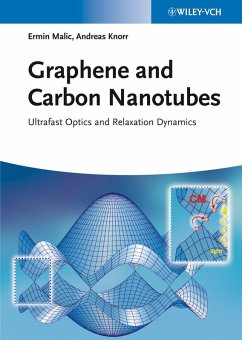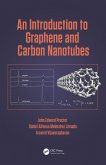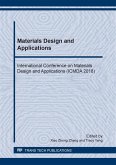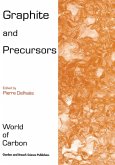A better understanding of the ultrafast relaxation dynamics of excited carriers is crucial for designing and engineering novel carbon-based optoelectronic devices. This book introduces the reader to the ultrafast nanoworld of graphene and carbon nanotubes including their unique properties and future perspectives. The authors review the recent progress in this field by combining theoretical and experimental achievements on microscopic processes in carbon nanostructures. The opening part provides the theoretical framework for the characterization of nanomaterials. Recent experimental breakthroughs, as techniques on pump-probe spectroscopy accessing the ultrafast carrier relaxation, are reviewed within a guest contribution. The next section is devoted to the electronic properties of graphene and CNT. Here, relaxation dynamics are discussed thoroughly. The third part deals with optical properties. The auhtors discuss absorption spectra in both graphene and CNT, considering smiconducting, metallic, and funcitonalized CNT. The authors offer a clear theoretical foundation which is based on equations derived within an in-depth appendix on the background of the theoretical description of carbon nanostructures: observables in optical experiments, second quantization, equations of motion, as well as mean-field and correlation effects . By combining both theory and experiment as well as main results and detailed theoretical derivations, the book turns into an inevitable source for a wider audience from graduate students to researchers in physics, materials science, and electrical engineering who work on optoelectronic devices, renewable energies, or in the semiconductor industry.
Dieser Download kann aus rechtlichen Gründen nur mit Rechnungsadresse in A, B, BG, CY, CZ, D, DK, EW, E, FIN, F, GR, HR, H, IRL, I, LT, L, LR, M, NL, PL, P, R, S, SLO, SK ausgeliefert werden.









